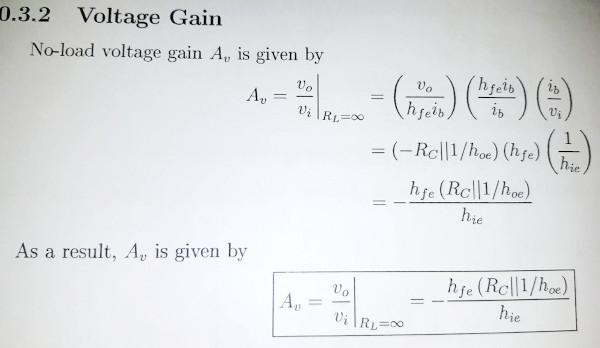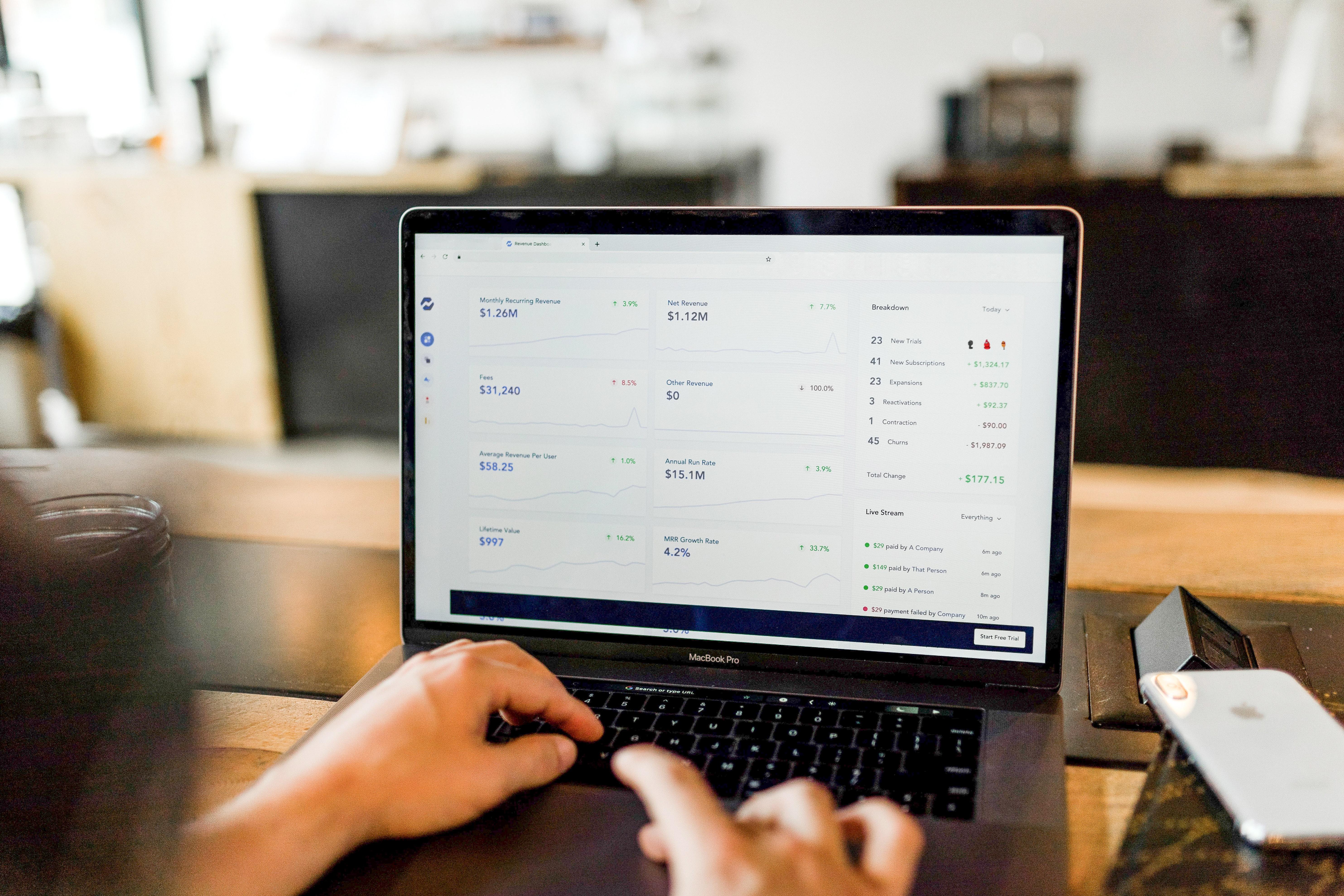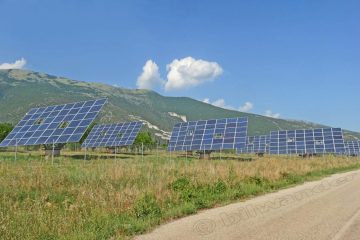Table of Contents
- Maximizing Energy Efficiency with Series Solar Panel Configurations
- Understanding Voltage Gains and Limitations in Linked Solar Panels
- Step-by-Step Guide to Connecting Solar Panels in Series
- Common Misconceptions About Series Wiring in Solar Systems
- Optimizing Performance: Expert Tips for Series Solar Panel Setups
- Q&A
- In Retrospect
Maximizing Energy Efficiency with Series Solar Panel Configurations
Connecting solar panels in a series configuration is an effective method to boost voltage levels, optimizing the overall energy output from your solar array. When panels are aligned in this way, their voltages are summed, making the system adept at overcoming resistance in lengthy transmission lines between the panels and the inverter. This setup is particularly advantageous when dealing with micro-inverters or power optimizers, as high voltage can efficiently convert into the required alternating current for home and industrial use.
To adopt this configuration, consider the following benefits:
- Higher voltage: Enhances performance in low light conditions, as the system can still produce usable energy when individual panels are partially shaded.
- Cost Efficiency: By reducing current and associated losses, series connections require less cabling and subsequently lower installation costs.
- Simplified Wiring: Less complicated cabling makes it a suitable solution for both residential and commercial installations, minimizing the potential for technical errors.
| Component | Series Configuration Benefit |
|---|---|
| Solar Inverter | Operates efficiently with high voltage input |
| Wiring | Reduced need for complex cabling |
| Energy Storage | Optimized for storing higher voltage outputs |


Understanding Voltage Gains and Limitations in Linked Solar Panels
The intricate dance of linking solar panels involves connecting their outputs to increase overall power delivery. When panels are wired in series, the voltage of each panel is summed while the current remains constant. This configuration is particularly advantageous in scenarios demanding higher voltage levels to match the requirements of the inverter or other system components. For instance, if each panel produces 20 volts and they are arrayed in series, a string of five panels will yield a total of 100 volts.
While the benefits of series configurations are significant, there are inherent limitations. A primary concern is the vulnerability to shading; even minor obstructions on one panel can drastically reduce the current of the entire array. It’s critical to ensure panels with similar voltage and current outputs are used to avoid mismatched power levels, which can lead to inefficiencies. Additional considerations include:
- Ensuring panels receive uniform sunlight.
- Regular maintenance to prevent structural shading from debris or dirt.
- Account for the potential of voltage fluctuations in variable conditions.
| Number of Panels | Total Voltage | Impact of Shading |
|---|---|---|
| 3 | 60V | 33% reduction |
| 5 | 100V | 20% reduction |
By understanding these dynamics, solar system owners can optimize their energy output effectively. Choosing equipment designed to mitigate these limitations, such as microinverters or optimizers, can offer substantial improvements. Emphasizing these strategic considerations in system design will harness the full potential of your solar investment.


Step-by-Step Guide to Connecting Solar Panels in Series
To begin linking your solar panels, it’s essential to ensure you have all the necessary tools and safety gear at your disposal. Safety goggles, insulating gloves, and a multimeter are indispensable for protection and accurate measurement. Once equipped, position your solar panels in a layout conducive to maximizing exposure to sunlight. Typically, aligning them in an uninterrupted line enhances efficiency and simplifies installation.
- Inspect the panels for any visible damage.
- Check the voltage specifications on the label.
- Ensure all connections are clean and free of debris.
With your layout finalized, proceed to connect the panels. Locate the junction boxes on each panel; these contain the connectors marked positive (+) and negative (-). Using solar panel cables, attach the positive (+) terminal of the first panel to the negative (-) terminal of the subsequent panel. This series wiring method effectively increases the voltage output while maintaining a consistent current level. Feel free to utilize a voltage tester at this point to confirm the expected voltage increment.
| Connection | Description |
|---|---|
| Panel 1 (+) → Panel 2 (-) | Initial series connection |
| Panel 2 (+) → Panel 3 (-) | Continued voltage increase |
Once all panels are interconnected, the final task is to connect the series string to a charge controller or inverter. This device will regulate the electricity flow, optimizing energy extraction and protecting your system from overvoltage. Carefully join the remaining open positive and negative terminals from the string to the corresponding inputs on the controller or inverter, ensuring a secure connection. Lastly, double-check all connections for stability and adherence to manufacturer’s guidelines, ensuring your solar setup is safe and ready to harness clean energy.


Common Misconceptions About Series Wiring in Solar Systems
One prevalent misunderstanding is that connecting solar panels in series increases the risk of system failure because if one panel underperforms, it will halt the performance of the entire string. While it’s true that shading or dirt on one panel can affect the system, modern solar technology has mitigated such risks with devices like power optimizers and microinverters. These technologies allow individual panel outputs to be regulated, ensuring that a shaded or malfunctioning panel doesn’t significantly impact the performance of others.
Another common myth is that series wiring requires identical panels with matching ratings. While it is ideal to use panels with similar electrical characteristics to maximize efficiency, connecting panels with different wattage or voltage ratings isn’t entirely prohibited. Many installers opt for advanced solar charge controllers that adjust to voltage variances, allowing for greater flexibility in panel selection and system expansion. A properly calibrated system can accommodate different panel sizes without compromising overall performance.
Lastly, concerns over voltage limits often arise when considering series wiring. People worry that high voltages in combination with external factors like temperature changes could exceed equipment constraints. However, most solar equipment is designed to withstand fluctuations in voltage. It’s crucial to calculate the system’s Voc (Voltage Open Circuit) and ensure it remains within the inverter’s allowable range, even in colder temperatures when voltage can peak higher. This attention to detail prevents damage and prolongs system life. Following manufacturer guidelines and consulting with experienced installation professionals can effectively counter any voltage-related issues.


Optimizing Performance: Expert Tips for Series Solar Panel Setups
When configuring your photovoltaic system, aligning several panels in succession can be a method to enhance the system’s effectiveness. These setups operate under the premise that connecting the positive to negative terminals allows the voltages to add up while the current remains constant. This design is perfect for systems that demand high voltage input, such as grid-tied inverter systems. To optimize this arrangement, ensure that all panels in the series are of the same model and wattage to prevent mismatched outputs that can lead to inefficiencies.
Another essential aspect to consider is the impact of shading. In series configurations, even partial shading on a single panel can significantly reduce the overall system’s yield. Mitigation strategies include using microinverters or power optimizers, which ensure each panel operates at its maximum potential irrespective of others. Additionally, regularly inspecting and maintaining the panels for dust or debris can vastly improve their performance.
Lastly, ensure your wiring is both efficient and safe. Use conductors that are appropriately gauged to handle the voltage load, and double-check that connections are secure to prevent energy loss. Employ quality connectors and junction boxes that are weather-resistant to minimize exposure-related damage. Here’s a quick overview of considerations for optimal series setups:
- Panel Uniformity: Match panels for consistent output.
- Shading Solutions: Apply optimizers for shaded areas.
- Robust Wiring: Ensure secure and suitable connections.
| Factor | Best Practice |
|---|---|
| Panel Matching | Use identical panels in size and wattage |
| Shading Mitigation | Install microinverters |
| Wire Safety | Opt for suitable gauge wiring |



0 Comments